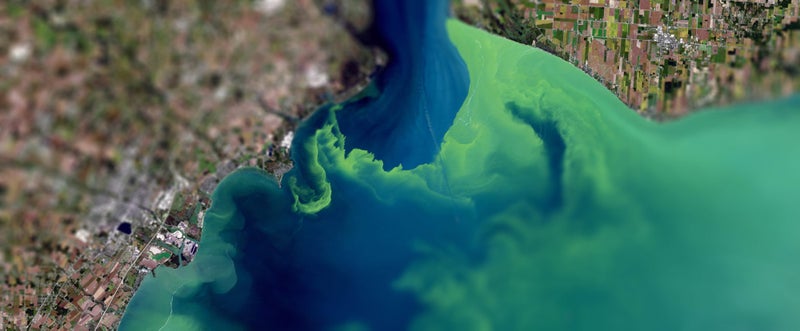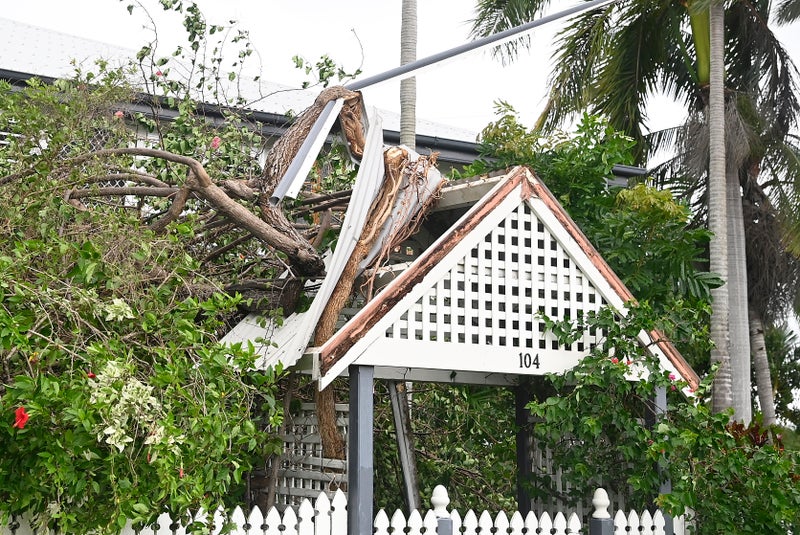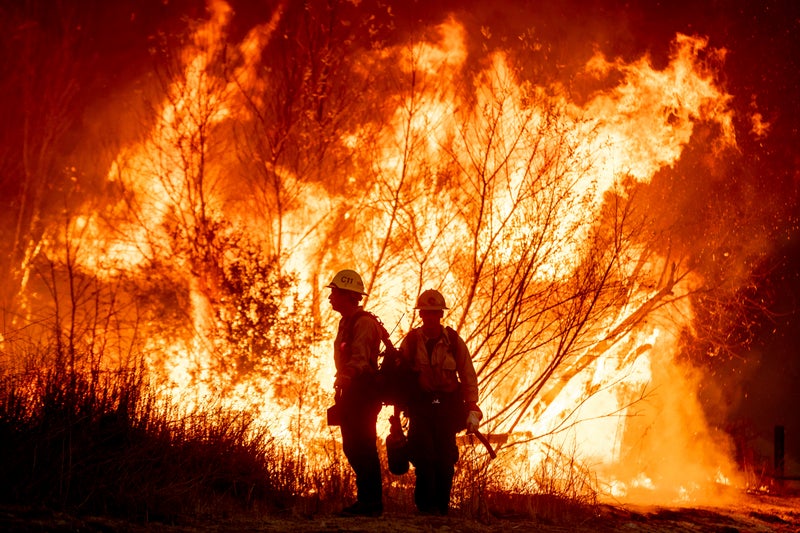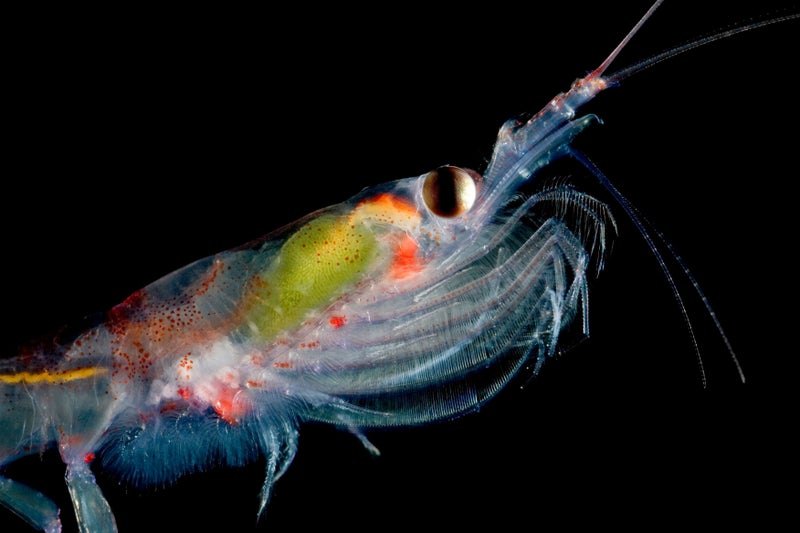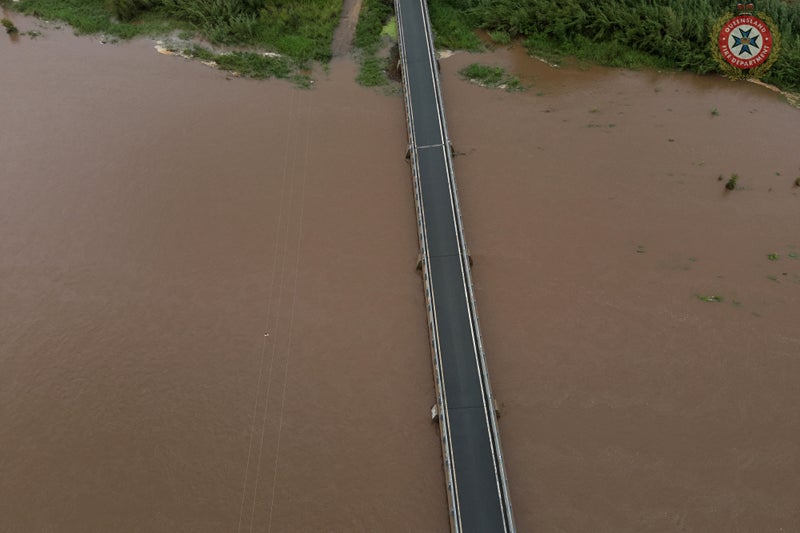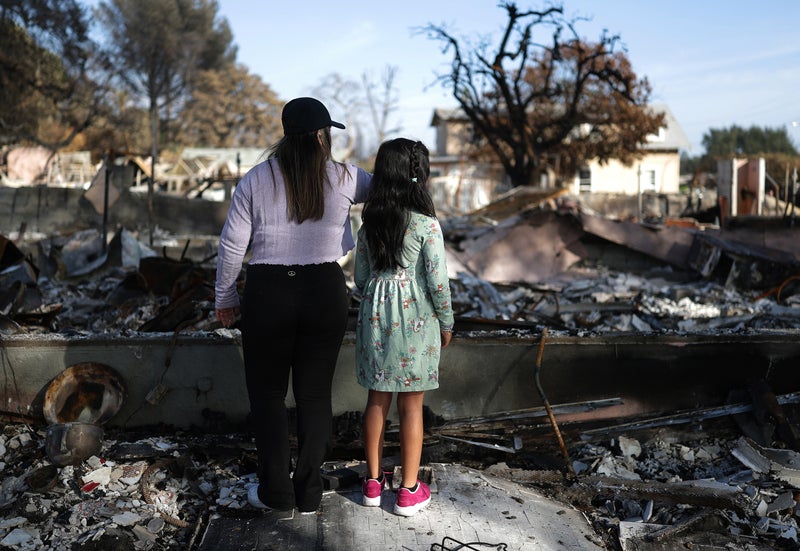Rising temperatures and nutrient pollution allows for the growth of algal blooms that can impact drinking water and kill wildlife. Climate change is fueling dangerous algae blooms - which cost millions and close popular beaches - at thousands of lakes across the U.S., researcher say.
![[Algal blooms consume oxygen from underwater plants and block out sunlight. When the algae eventually dies, the oxygen in the water is consumed, making it impossible for aquatic life to survive]](https://static.independent.co.uk/2025/02/24/20/21/GettyImages-995708324.jpeg)
An algae bloom is an explosion in growth for the toxin-producing bacteria. It can kill sea creatures and lead to health problems in humans. Blooms will often turn the water an unusual color or wash up the deceased creatures, forcing health agencies to close beaches or swimming to humans.
Soranno is one of the lead authors of the research which was published the journal Proceedings of the National Academy of Sciences. The researchers said their findings help to understand why some lakes are more vulnerable to blooms. Looking at freshwater lakes and using data from government resources and satellite remote sensing, they found that climate interacts with human activities such as agriculture and urban runoff, sending excess nutrients into the water that cause algae blooms.

